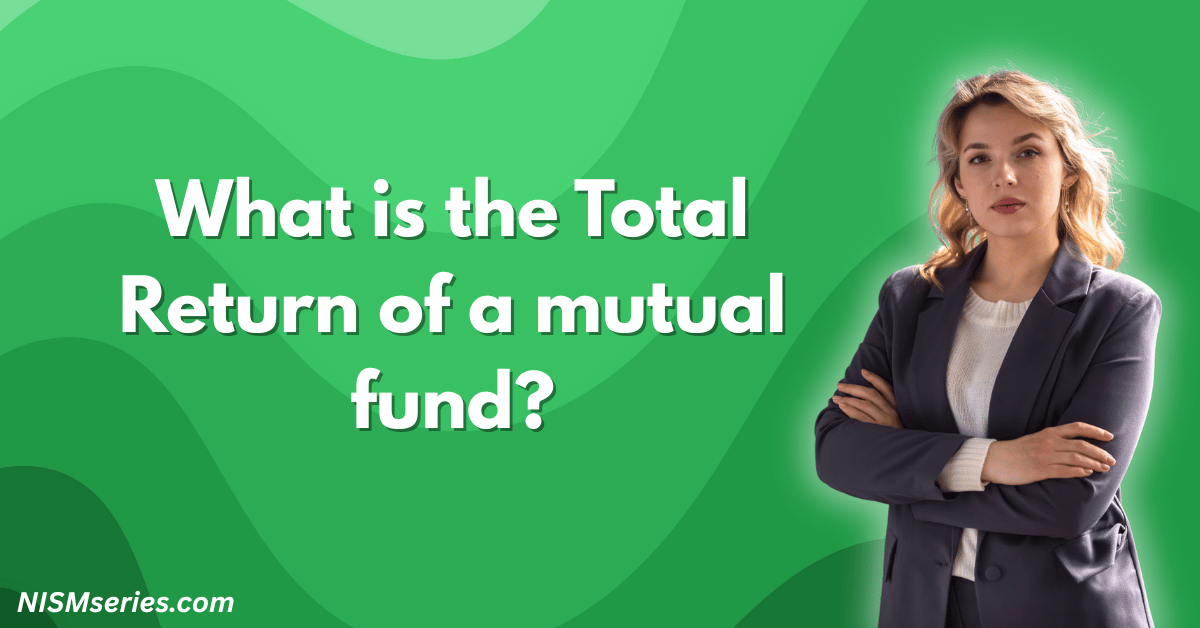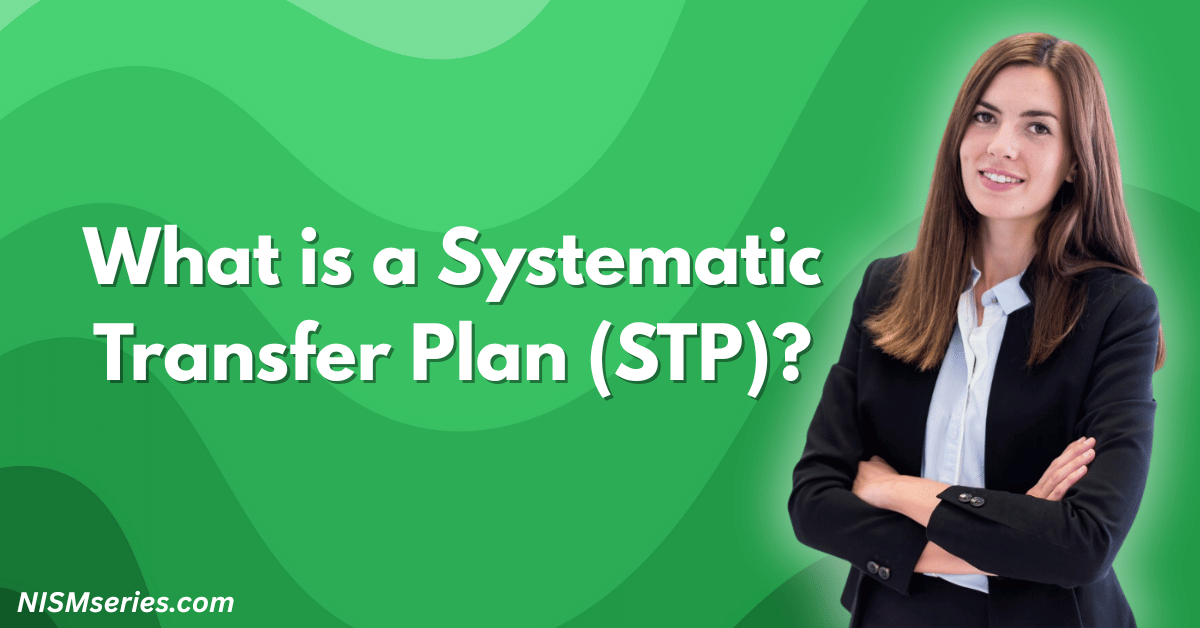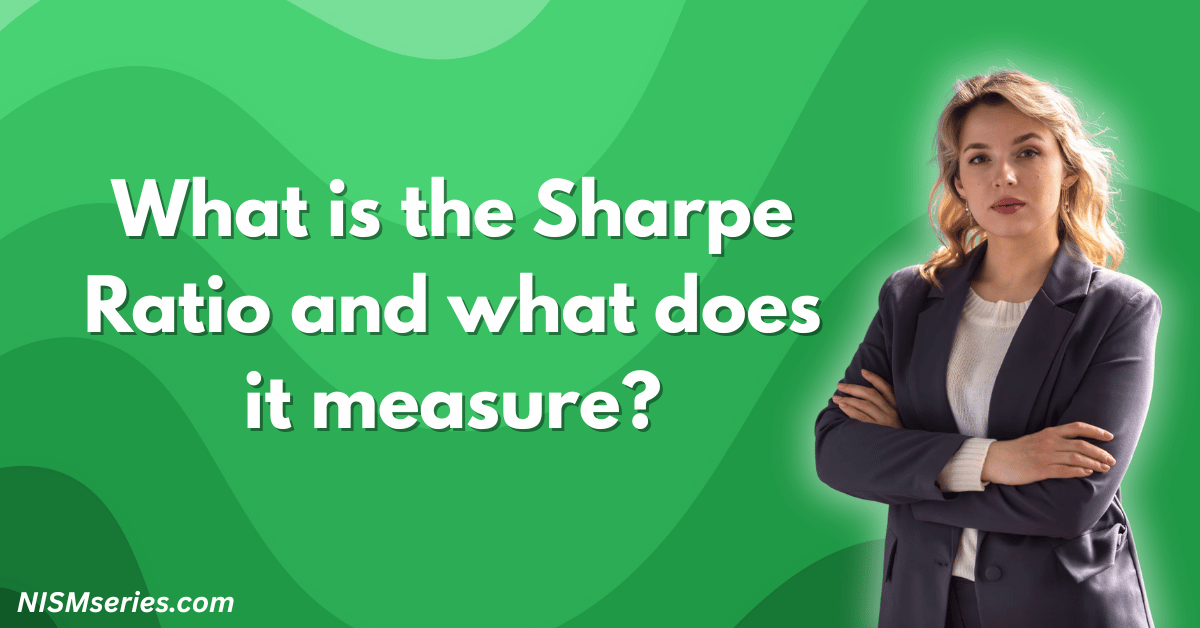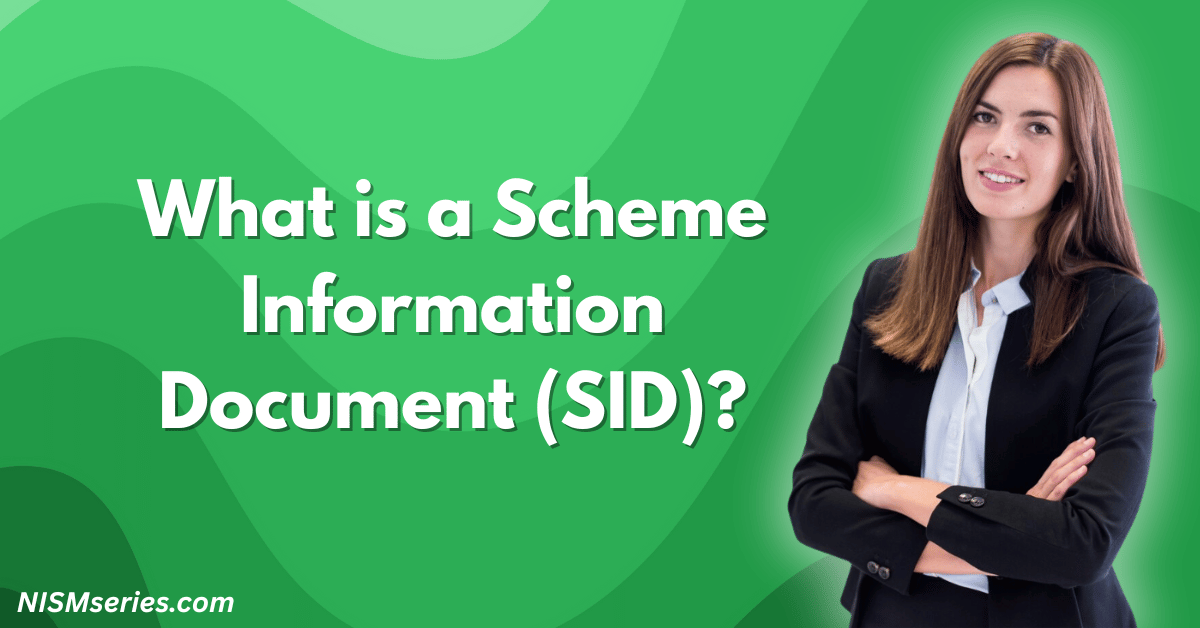Mutual funds are the best way to invest. They are simple, and experts manage your money. You have many choices. The small details are very important. Understand them to make more money. The most important detail is the exit load. This guide explains everything about the exit load.
An exit load is a fee from the fund company (AMC). You pay this fee if you sell your mutual fund units too soon. The fee is a part of the money you take out. It stops you from selling early. This protects long-term investors.
Table of Contents
Understanding Exit Load
Why Do Mutual Funds Impose Exit Loads?
- Stop Short-Term Trading: The exit load stops people from buying and selling all the time. Constant trading hurts long-term investors. This fee is the only way to keep the fund’s value steady.
- Keep the Fund Stable: Early sales force the manager to sell good investments. This costs money and hurts other investors. This charge prevents that damage.
- Control the Cash Flow: The fee gives the AMC control over the fund’s cash. It helps them handle many people wanting their money back at once. This protects the fund from impatient investors.
Key Terms: NAV, Exit Period, Redemption
- NAV (Net Asset Value): The price of one unit in a mutual fund. The price changes daily.
- Exit Period: The shortest time you must keep your money in the fund. You pay an exit load if you sell before this time ends.
- Redemption: Selling your mutual fund units to get cash back.
Exit Load Structure
Types of Exit Load
Fixed Exit Load
- This is a set fee, often 1%. You pay it if you sell your units before a specific time passes, like 12 months for equity funds. This is the standard type.
Contingent Deferred Sales Charge (CDSC)
- This is a fee that gets smaller over time. The longer your money stays in the fund, the lower the fee becomes. This system correctly rewards patient investors.
Dynamic and Stepped Exit Loads
- Some funds have a fee that drops in clear steps. For instance, the fee is 1% if you sell within six months. It falls to 0.5% if you sell between six and twelve months. After that, it becomes zero. This structure is simple and fair.
How to Calculate Exit Load on Mutual Fund Redemption
Exit Load Calculation for Lump Sum Investment
You invest ₹1,00,000 in a fund with a 1% exit load for selling within a year. You sell after eight months when your investment is worth ₹1,12,000. Here is the math:
- Exit Load = Redemption Amount × Exit Load Percentage
- Exit Load = ₹1,12,000 × 1% = ₹1,120
- Amount credited: ₹1,12,000 − ₹1,120 = ₹1,10,880
Exit Load Calculation for SIP Investments
Each SIP payment is a new investment. Each one has its own countdown clock for the exit load.
- If you sell three SIPs, the fee is calculated for each one. If your first SIP is old enough, there is no fee. But you pay the charge on the newer SIPs if they are still inside the time limit.
When Is Exit Load Applicable?
- An exit load applies if you sell before the holding period ends. For equity funds, this is usually 12 months.
- Selling part of your investment follows the ‘first-in, first-out’ (FIFO) rule. Your oldest units are always sold first.
- For SIPs, each payment has its own holding period. The clock starts on its purchase date.
Impact of Exit Load on Investment Returns
The exit load directly lowers the money you get back. A 1% fee on a ₹5,00,000 sale costs you ₹5,000. This is a direct loss. If your profit was ₹30,000, that fee takes over 16% of it. This is a huge, avoidable loss.
Exit Load Variations by Fund Type
Equity Funds Exit Load
- Nearly every equity fund charges a 1% exit load if you sell within 12 months. This is standard.
Debt Funds Exit Load
- Short-term debt funds have a fee from 0.25% to 1% if you sell within 7 to 180 days.
Hybrid and Liquid Funds Exit Load
- Hybrid funds charge 0.5% to 1% for early sales. The fee is based on the fund’s mix of investments.
- Liquid funds have almost no charge after seven days. A tiny fee applies only to very early sales.
| Fund Type | Usual Exit Load (%) | Holding Period | Notes |
| Equity | 1 | Within 12 months | Standard among most funds |
| Debt | 0.25–1 | 7–180 days | Varies by scheme type |
| Hybrid | 0.5–1 | 1–12 months | Mix of equity/debt rules |
| Liquid | 0–0.01 | <7 days | Zero after 7 days |
How Can Investors Avoid Exit Load?
Strategies to Minimize or Avoid Exit Load
- Wait for the Exit Period to End: The only way to avoid the fee is to wait. You must sell your units only after the holding period is over.
- Read the Scheme Documents: Always read the Scheme Information Document (SID). It has specific rules about the exit load for your fund.
- Time Your SIP Sales: For SIPs, track the holding period for each payment. Do not sell new SIP units too early.
- Use Systematic Withdrawal Plans (SWP): An SWP is the right tool to take money out. It helps you time your sales to lower or avoid these fees.
Does Switching Funds Attract Exit Load?
- Yes. Switching funds means you sell one fund and buy another. The exit load applies if you sell your original fund while its units are still in the holding period. This rule has no exceptions.
FAQ
What is the purpose of an exit load?
Its only purpose is to stop early sales. This keeps the fund stable and lowers costs for long-term investors.
How is exit load different from entry load?
An entry load was a fee for investing. An exit load is a fee for selling too soon. They are completely different.
Do all mutual funds levy an exit load?
Most equity and hybrid funds do. Many debt and liquid funds have a small fee or none at all, especially after a short time.
Is exit load applicable for every redemption?
No. The fee applies only to sales made before the holding period ends. You will not pay this fee on units held longer than that.




















